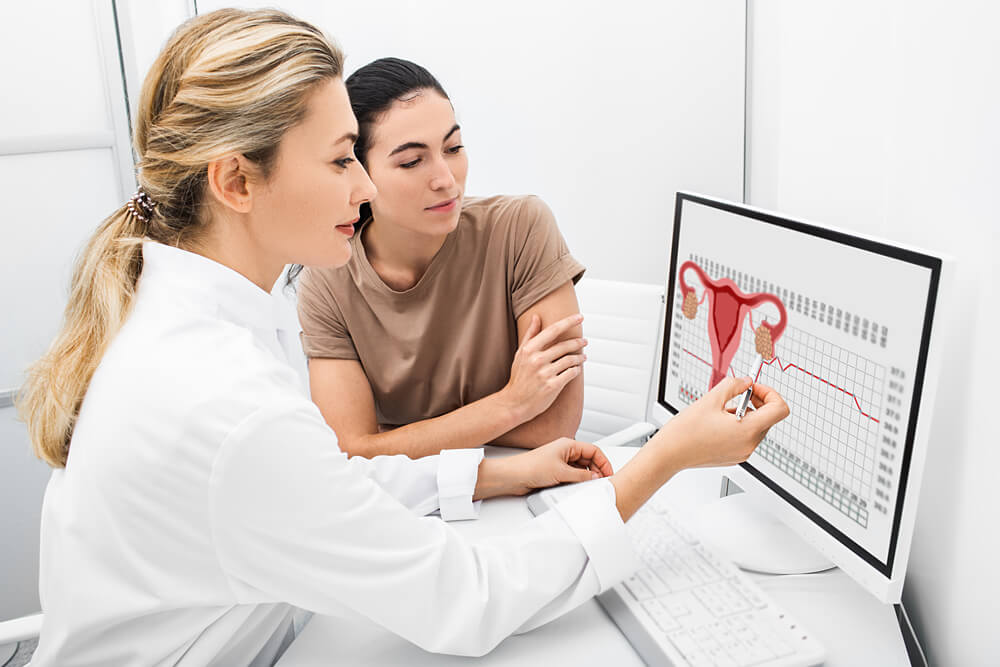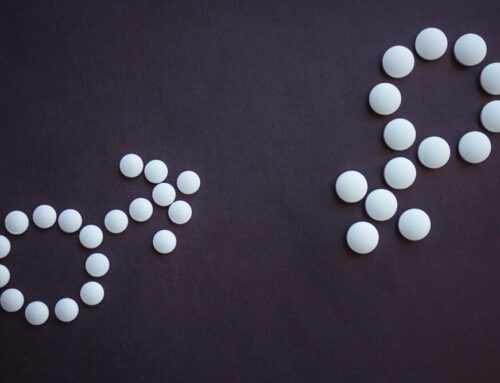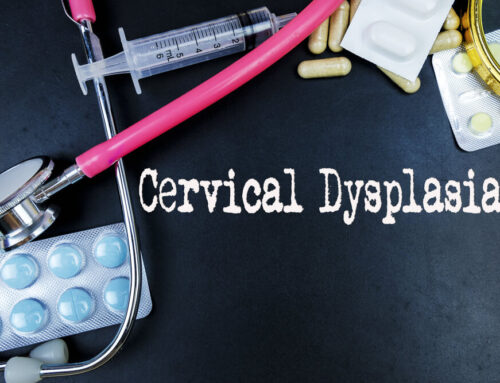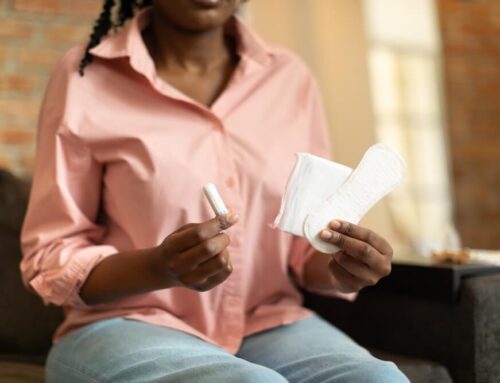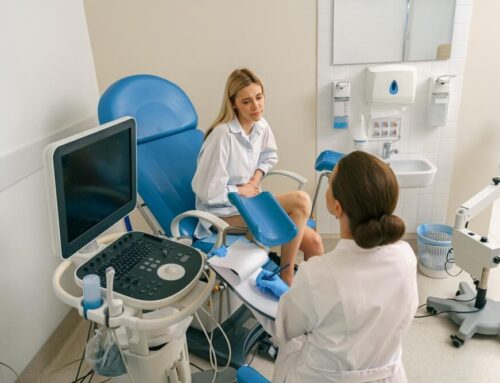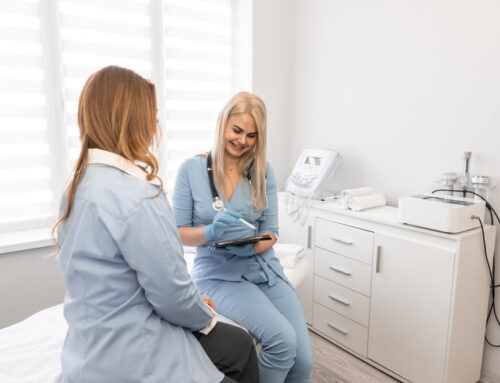Essentially, gynecological disorders refer to health issues in the female reproductive organs. These include the uterus, ovaries, fallopian tubes, external genitalia, and breasts. Some relatively common gynecological problems are bound to affect women’s health at some point in their lifetime. However, some of these gynecological issues could impede the woman’s childbearing abilities and her sexual function. In some rare cases, her overall well-being might be in danger if the problem remains untreated. It’s essential to visit women’s health specialists for regular women’s wellness appointments and when something wrong or unusual happens. Women of all ages can get in touch with Dr. Fern F. Taisenchoy-Bent, MD, to maintain their gynecological health.
8 Common Gynecological Problems
Dysmenorrhea
Dysmenorrhea is one of the gynecological disorders that involves menstrual pain severe enough to interfere with daily life. Primary and secondary dysmenorrhea are the two subtypes.
Primary dysmenorrhea differs from secondary dysmenorrhea because it does not involve any underlying pelvic condition. It occurs primarily throughout adolescence and coincides with ovulation. Once the woman becomes pregnant or has given birth, the pain goes away on its own. The average onset is between the ages of 12 and 14. The discomfort typically begins a few hours before the start of menstruation and lasts for a few hours; however, it can sometimes last for a full day.
When there is an underlying health issue in the pelvis, you may experience secondary dysmenorrhea. Chronic pelvic infection, uterine fibroids, pelvic endometriosis, insertion of copper-T in the uterus, etc., are common causes. Patients are usually mothers in their thirties. The pain begins three to five days before the period is due and subsides after the bleeding starts.
Amenorrhea
Amenorrhea refers to the lack of menstruation. There are two categories of this phenomenon, namely physiological and pathological. Physiological amenorrhea happens before adolescence, throughout pregnancy and lactation, and post-menopause. Pathological amenorrhea occurs when there are some accompanying women’s health issues and can be classified into cryptomenorrhea as well as primary and secondary amenorrhea.
Cryptomenorrhea involves the absence of menstruation due to the obstruction of flow. Primary amenorrhea affects girls who haven’t gotten their first period by the age of 16, often because of adrenal and thyroid problems, chromosomal issues, etc. Secondary amenorrhea happens to adult women who haven’t gotten their period for six months or more due to PCOS, diabetes, tumors, malnutrition, stress, and so on.
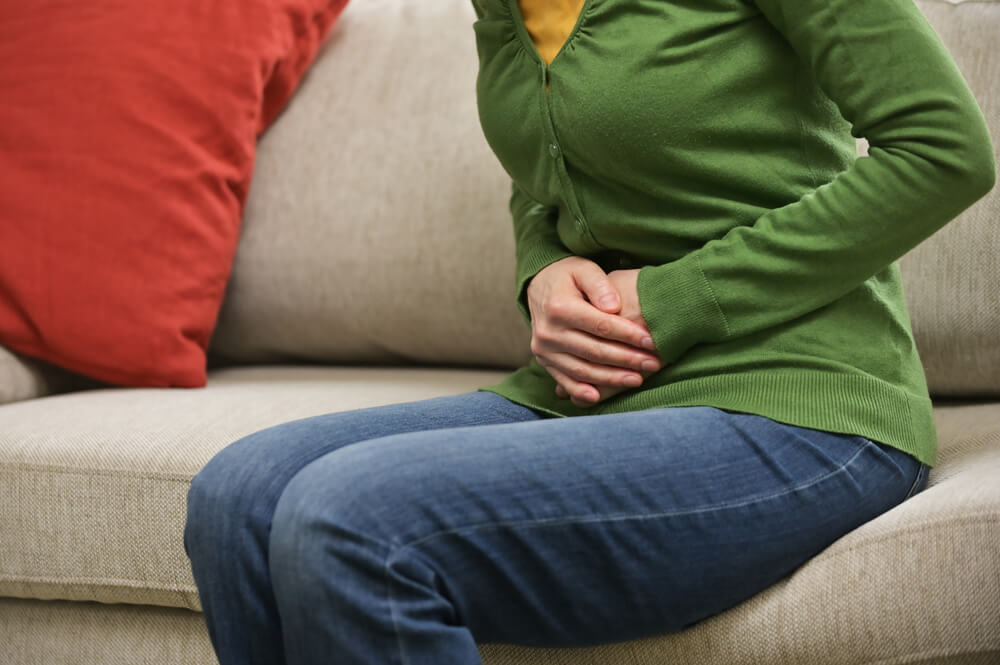
Polycystic Ovaries Syndrome (PCOS)
PCOS is one of the most common gynecological problems affecting young women. The leading cause of this problem is thought to be a stressful and inactive lifestyle.
Ovaries produce an abnormally high amount of testosterone, which is a hallmark of the condition. There are many follicular cysts, each ranging between two and nine millimeters in diameter, and the ovaries are larger than normal. Patients often suffer from weight gain, irregular periods, inability to conceive, hirsutism, and skin issues such as acne. They become more susceptible to diabetes and develop insulin resistance.
Uterine Fibroids
Uterine fibroids are the most common benign tumors that can affect a woman regarding gynecological issues. About 20% of women over 30 have uterine fibroids. The vast majority of them show no signs of illness. Women who never had children or who became infertile after having one have a higher risk of developing them.
Infertility, unpleasant sexual encounters, heavy or irregular menstrual bleeding, dysmenorrhea, repeated pregnancy loss due to miscarriage or premature childbirth, pain in the pelvis and lower abdomen, and enlargement of the abdomen are the typical symptoms.
Endometriosis
When the uterine lining (endometrium) is found in abnormal locations outside of the uterus, such as the ovaries, fallopian tubes, uterine muscle, and even the pelvic floor, the condition is known as endometriosis. Nausea, constipation or diarrhea, infertility, and fatigue are common symptoms, as are painful periods and intercourse.
Once a diagnosis is made, patients can use painkillers, progestin-only tablets, synthetic steroid Danazol, and hormonal contraceptives like the pill, the patch, or the ring. The removal of the endometriosis tissue through conservative surgery might be necessary if the medicinal treatment proves to be unsuccessful.
Pelvic Inflammatory Disease
This condition affects the upper genitourinary system. It can have a significant impact on young women’s health when it comes to their childbearing abilities.
Menstruating adolescents, having several sexual partners, not using birth control, having a history of pelvic inflammatory disease, using an intrauterine device (IUD), and living in a region with a high rate of STIs are all risk factors.
Pain during sexual activity, excessive or atypical vaginal bleeding, fever, fatigue, and headache are all possible symptoms.
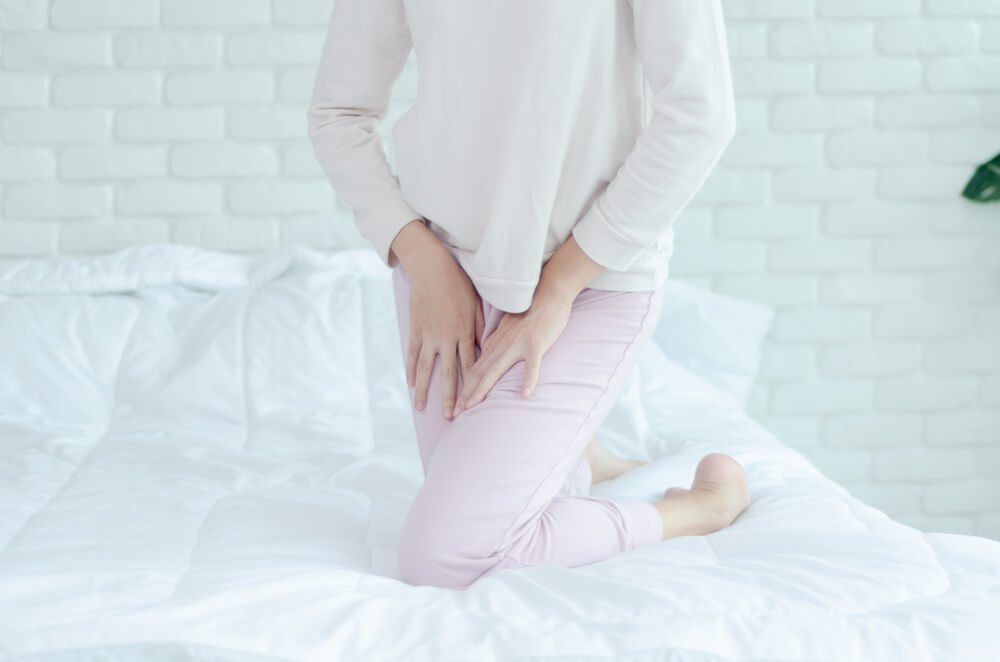
Vaginitis
Vaginitis refers to vaginal infection with inflammation. Due to the absence of estrogen and the subsequent breakdown of estrogenic vaginal defense, it is an extremely prevalent gynecological issue in childhood. During the reproductive years, microbial infection is the leading cause of vaginitis.
The microorganism Trichomonas vaginalis can trigger Trichomonas vaginitis. Urination is painful and occurs more frequently, there is a sudden increase in the amount of vaginal discharge, and the discharge is unpleasant with a bad smell and yellowish-green color.
Candida vaginitis, also known as moniliasis, is caused by the yeast Candida albicans. Discharge occurs alongside intense vulvovaginal irritation and painful sexual activity. Thick, curdy, whitish, flaky discharge sticks to the vaginal wall.
Menopause
When ovarian function declines, menstruation stops permanently, marking the end of a woman’s reproductive years. After menstruation has been absent for 12 months with no other underlying illness, the diagnosis is considered definitive. The average age of menopause for women is 50 years. While menopause is not one of the gynecological disorders per se but a normal part of the female aging process, it comes with some unpleasant symptoms that can be relieved with the proper treatment.
After menopause, women’s reproductive organs begin to atrophy, and they lose between three and five percent of their bone mass every year. Menopausal women are more likely to develop osteoporosis. In postmenopausal women, the risk of cardiovascular disease is significantly higher. Hot flashes are the quintessential symptom of menopause. Stress, worry, headaches, sleeplessness, irritability, and even depression are all possible.
To do whatever you can to minimize the risk of developing gynecological health issues, maintain proper hygiene, consume plenty of water, and eat a diet rich in fresh produce. Get some exercise regularly and try some yoga to help you relax. Be mindful of your sexual health and report any changes in your reproductive health to your doctor immediately.
Different conditions require different treatments, but in some cases, a vaginal rejuvenation procedure is more than enough to fix plenty of uncomfortable issues. That said, vaginal rejuvenation can improve the firmness and flexibility of the vagina by promoting the production of collagen, thus minimizing the dryness and improving sexual satisfaction. What’s more, the procedure is a non-invasive solution for urinary incontinence. If you’re worried about the feel or appearance of your vulvovaginal area, suffer from sexual dysfunction, and/or deal with urinary incontinence, don’t hesitate to book your appointment at Fern F. Taisenchoy-Bent, MD, LLC, as you may be the ideal candidate for effective vaginal rejuvenation.


